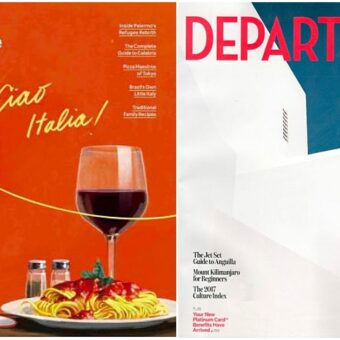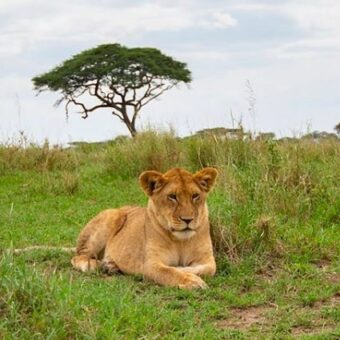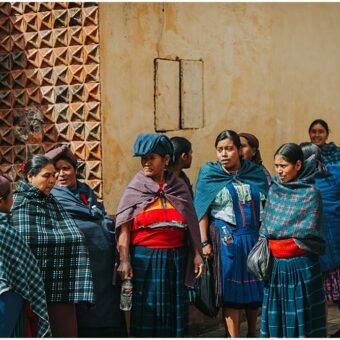EC Goes to Armenia: Interview with “Lavash” Cookbook Creator Kate Leahy

I have the pleasure of interviewing Kate Leahy this morning — food and wine writer, cookbook collaborator, and world traveler. When I call her up, it’s early morning in the San Francisco Bay and I’m trying to contain myself across the airwaves. “Is now still a good time to talk?” I ask, crossing my feet underneath my desk. I have 10 other things on my to do list, but this is definitely the conversation I’m most looking forward to.
“You bet!” she says, and we’re off to the races.
Kate is author of upcoming cookbook “Lavash”— a window into Armenia of the 21st century, and an exploration of its traditional flatbread, foods, culture, and community. Mark October 29, 2019 on your calendars, people.
Kate’s resume is a foodie’s dream: she grew up in the banana farms of the Philippines before moving to the Bay Area at age 5, where her passion for food and wine fully took root. She’s worked in line kitchens across America’s best restaurants, harvested grapes in Napa Valley, produced recipes, and co-authored cookbooks (including “Burma Superstar”, one of my favorite haunts when I lived in SF). And accolades aside, you can tell within 10 seconds of talking to this woman that she knows good eats.
So I put down my coffee cup, and hit play on my iPhone voice memo, eager to hit about Kate’s journey into the world of food, and her time creating “Lavash” in Armenia — a country with a storied food and wine tradition, and emerging sex appeal for wine connoisseurs and foodies around the world.
Away we go!

Remy: When did your love affair with food and wine begin?
Kate: When I was really little, my family lived in the Philippines. I was the kid who would sit underneath the table when my parents were having a party, so I could scoop handfuls of sticky rice and eat it. I would think “what can I eat next, what’s going on in this kitchen?” The focus on wine came later. I was a line cook in the Napa Valley and around the wine industry in a very immediate way. I was working at Terra in St. Helena. People who came into the restaurant were winemakers. You were in the mix. It evolved from there. And then I worked as a line cook at A16. I fell hard for italian wine.
Remy: We’re big believers in traveling the world, and exploring cities, landscapes and geographies. Tell us about your favorite place that you’ve lived, and describe one perfect food memory from that place.
Kate: It’s hard to describe one place, but I could go back to the Philippines. For breakfast we would have tiny crispy fish with rice. There’s something about that very savory, crispy flavor that I still love to this day. You can find that in Southern Italian food with fish from the Mediterranean, that savory and saline quality.
Remy: Totally, my dad’s family is Southern Italian. Your newest cookbook “Lavash” comes out on October 29th, 2019. Tell us about Lavash – how you got recruited to work on it, its mission, and the surprises of working on it and living in Armenia.
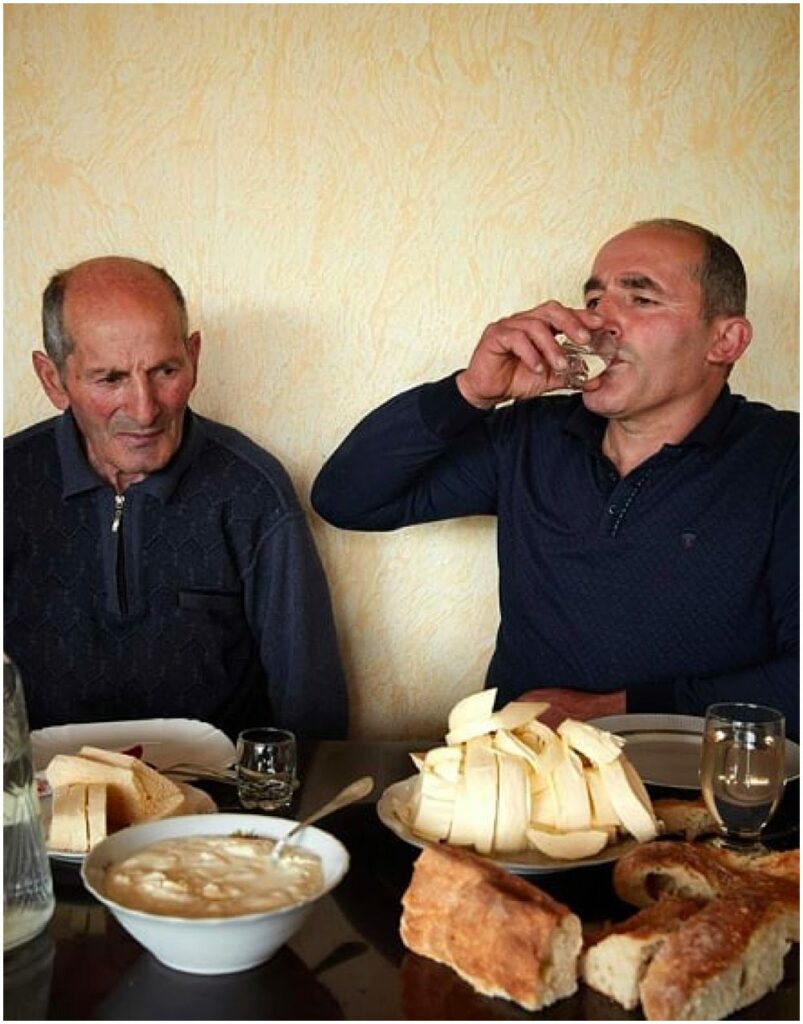
Kate: I was a history major and spent a year doing a project on Armenian identity preserved through cookbooks. My Armenian friends always knew more about food than those around me. I loved working on it…I put it aside…and was a line cook. I was working on a cookbook about Burmese food, and met a photographer who had just come back from Armenia [John Lee], doing a workshop for Armenian high school kids through a program called TUMO. I thought ‘Armenia is this great place for food but no one ever talks about it.’ He agreed. We joined forces with an Armenian American chef [Ara Zada]. And we teamed up with Amy Collins [cookbook agent] and structured it into a book. We decided to call it “Lavash” and focus it around flatbread, which is the center of every single table in Armenia.
Remy: Tell me about the process of traveling there and researching. How do you access a country you aren’t native to for a project like this?
Kate: We worked with an organization called TUMO that John [the photographer] had worked with previously. They are incredibly connected in the country, as an arts/technology center. We took 2 and 3 week trips. We would go into villages where they had called ahead, ‘this is where great lavash is made’. We would talk with women and students from TUMO and they would say ‘my aunt is this expert, or I know this butcher.” We were basically going into people’s homes and they would share their food. The Incredible thing was how generous they are with their time. They were delighted someone had asked and wanted to know what they were making. They were entertaining us as friends or family. It wasn’t transactional.

Remy: What are the fundamentals of Armenian cuisine?
Kate: Western Armenia has a Mediterranean backbone. The food today is driven by fresh herbs. Less spices. They use Paprika extensively, and black pepper. It’s only now that they are starting to use spices like Aleppo pepper. Mahlab. Cumin. It’s an interesting time for Armenian food. In the villages – flavor comes from fresh herbs and pickles. And really salty cheese called lori. And channah. Sort of like saltier funkier feta with firmer texture. Every table will have salty cheese, plate of herbs including cilantro, parsley, purple basil, tarragon, chervil, sorrel, heap of fresh herbs. And often things that grow wild. And lavash. Take your lavash, herbs, and eat it like a burrito.
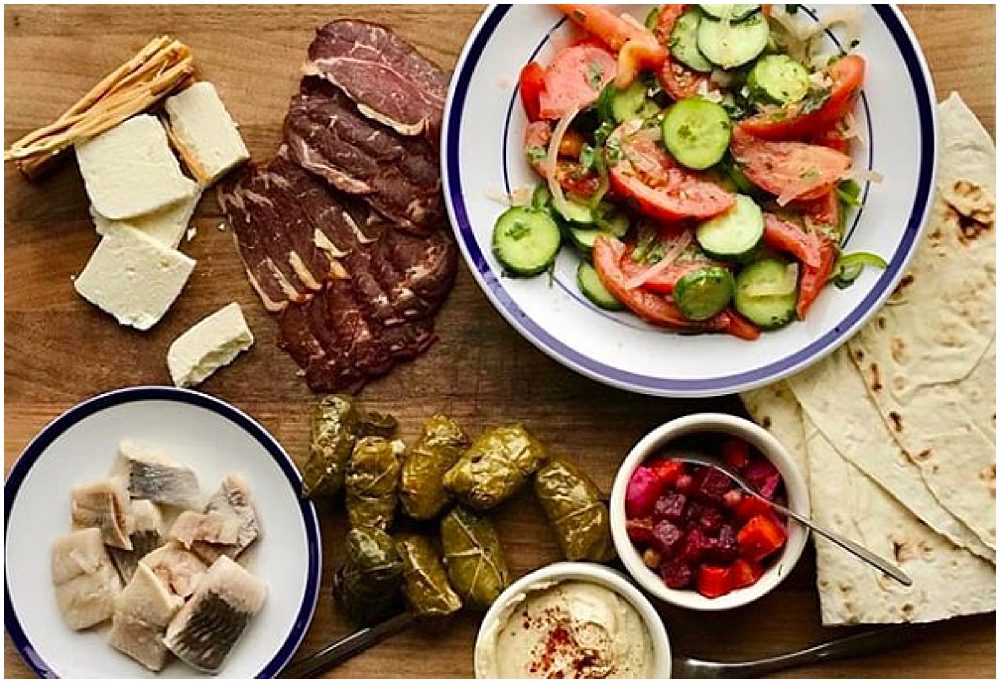
Remy: God, that sounds amazing. Tell me about a few classic dishes you experienced.
Kate: One is called harissa. It’s a porridge of wheat berries with chicken or lamb. The wheat berries stretch the small amount of meat, so you can serve a larger audience. It’s something families will serve every Sunday. Savory porridge. Herbs, pickles, and lavash on the side. In the summer, get more of the dolmas and Armenian barbeque. Pork is really popular there, more so than lamb because of the Soviet Union.
Remy: Let’s talk about the actual baking process of the lavash. I’m assuming it’s pretty extensive.
Kate: It’s usually a group of four women – they make this basic flatbread dough – one woman in charge of portioning the dough, and another will roll it out as thin as she can. The second throws it to another woman who stretches it over what looks like a firm pillow. The firm pillow is slapped against the wall of the oven which is dug into the ground, and looks like a tandoori oven. It’s in the ground, made out of clay. Another woman will take it out of the oven with a hook form. This is all very choreographed, they are pros. Every now and again you see a man doing it, but mostly women.
Remy: Why is it women typically, do you think?
Kate: Not sure, could be traditional division of labor with the women doing the baking and the men cutting firewood. Now the women do everything though, including cutting the firewood [laughs]. There’s a lot of folklore around lavash. A new bride walking into home with lavash on her shoulders, and the idea that she will have a good life and big family.
Remy: What about the wine? I’ve heard that Armenia is an amazing place for wine bars, and is emerging as a real wine destination.

Kate: There are a lot of wine bars in Yerevan. It’s a funny place because it’s ancient for wine, and also a new place for wine. So many of the traditions were lost during Soviet times. It goes back to Stalin – Georgians were told to make wine and Armenians were told to make brandy. All the vineyards which were wine went over to brandy production. It’s kind of like Italy – grapes which weren’t high yielding fell out of favor in exchange for grapes that had a lot of yield. A lot of the good wine traditions were lost. Now there is high and low wine. Truck drivers can pick up wine as they are driving up from Iran which has been made in a vat. Alternatively, the fine wine industry is really exciting. There’s a guy named Vahe Keushguerian who is leading the charge in the wine industry. He worked in the wine industry in Tuscany and Puglia and moved to Armenia. He has a wine incubator and is teaching modern farming techniques. And doing experimentation to find out more about the terroir.
Remy: Do you have a single favorite moment from working on this project?
Kate: We went back to this one village and shot our cover there. It was a morning in November and we were gathered around the tonir [oven] for heat. One of the women came from the back area, with a pot of boiled potatoes with salt. She wrapped the potatoes in lavash. At first we’re thinking “this is fine, it’s going to be bland, a potato wrapped in bread okay.” Well it was delicious. It showed how important simple ingredients are. The potato was amazing, the bread was the perfect carrier with spices and heat.
Remy: If you had one takeaway for the home chef, based on your experiences in Armenia, what would it be?
Kate: Always make sure your table looks generous. This could mean things you can eat at room temperature. Or things you can bring to the table while people are milling about. The Armenian way is that if you’re cooking for 8, you’re really cooking for 12 because inevitably someone will show up at the last minute. It’s about creating a bountiful feeling. Breads, herbs, cheese, pickles. Give it a sense of generosity.
Remy: I love that. Simple ingredients, bounty, and generosity — what could be better?
“Lavash” comes out October 29, 2019 — check out the website to see where you can pick up your copy! https://www.lavashthebook.com/
To learn more about Kate and her experiences in the culinary world, check out her site: http://www.kateleahycooks.com/



